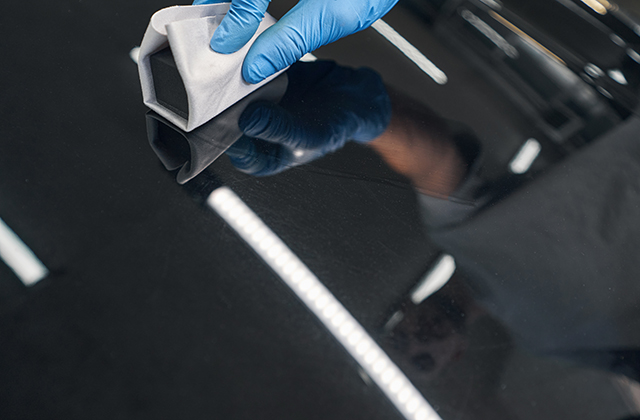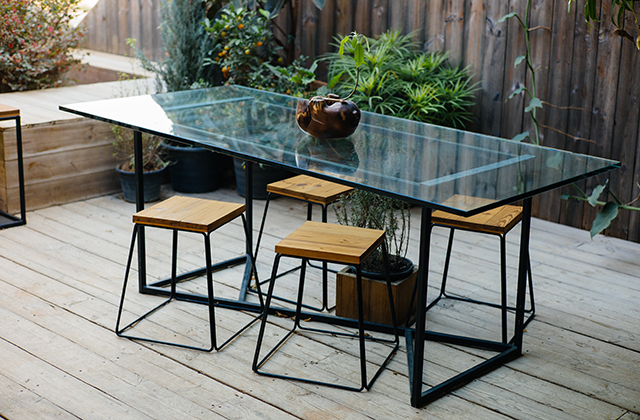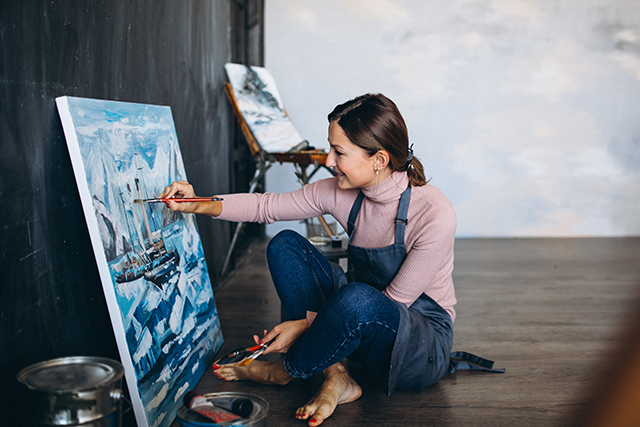Are you tired of stepping into your car and being greeted by a mess of crumbs, dust, and smudges on the dashboard? Keeping your car’s interior clean not only enhances its aesthetics but also contributes to a more pleasant and healthy driving experience. In this article, we’ll explore some of the best interior car cleaning products on the market to help you achieve a spotless and fresh-smelling ride.
1. Interior Car Detailing Kits
If you’re looking for a comprehensive solution to tackle every nook and cranny of your car’s interior, an interior car detailing kit is your best bet. These kits typically include a variety of cleaning agents, brushes, microfiber towels, and even a vacuum cleaner designed specifically for car interiors. With these tools at your disposal, you can deep clean your upholstery, carpets, and dashboard with ease.
2. All-Purpose Interior Cleaners
All-purpose interior car cleaning products are versatile and effective in cleaning a wide range of surfaces. Look for cleaners that are safe for use on vinyl, leather, plastic, and fabric. These cleaners can help you quickly and efficiently remove dirt, stains, and grime from your car’s interior surfaces without causing any damage.
3. Leather Cleaners and Conditioners
For those with leather upholstery, investing in a quality leather cleaner and conditioner is essential. Leather can become dry and cracked over time, especially if not properly cared for. A good leather cleaner will remove dirt and stains, while a conditioner will keep the leather supple and looking like new.
4. Carpet and Upholstery Cleaners
Spills and accidents happen, and when they do, a specialized carpet and upholstery cleaner is your best friend. These products are designed to penetrate deep into the fabric and remove stubborn stains and odors. Look for options that come with a built-in scrub brush for added convenience.
5. Interior Odor Eliminators
Sometimes, the biggest issue in your car isn’t dirt but lingering odors. Interior odor eliminators can help you get rid of unpleasant smells, whether they’re caused by spilled food, pets, or other sources. Many of these products work by neutralizing odors rather than masking them.
6. Microfiber Towels
Microfiber towels are an essential tool for any car cleaning enthusiast. They are soft, absorbent, and lint-free, making them ideal for wiping down surfaces without leaving streaks or scratches. Use them with your chosen cleaning products to achieve a streak-free finish on windows, mirrors, and glossy surfaces.
7. Dashboard and Trim Cleaners
The dashboard and trim of your car can accumulate dust and grime over time. To keep these areas looking their best, use specialized dashboard and trim cleaners. These products are formulated to clean and protect plastic, vinyl, and other materials commonly found on your car’s interior.
In conclusion, maintaining a clean and fresh-smelling interior is essential for an enjoyable driving experience. By investing in the right interior car cleaning products, you can easily achieve a spotless and inviting cabin. Whether you prefer all-in-one kits or individual cleaning solutions, there are plenty of options available to suit your needs. So, why wait? Revitalize your ride today with these top interior car cleaning products, and hit the road in style and comfort. Check out how to maintain your car smelling fresh.


